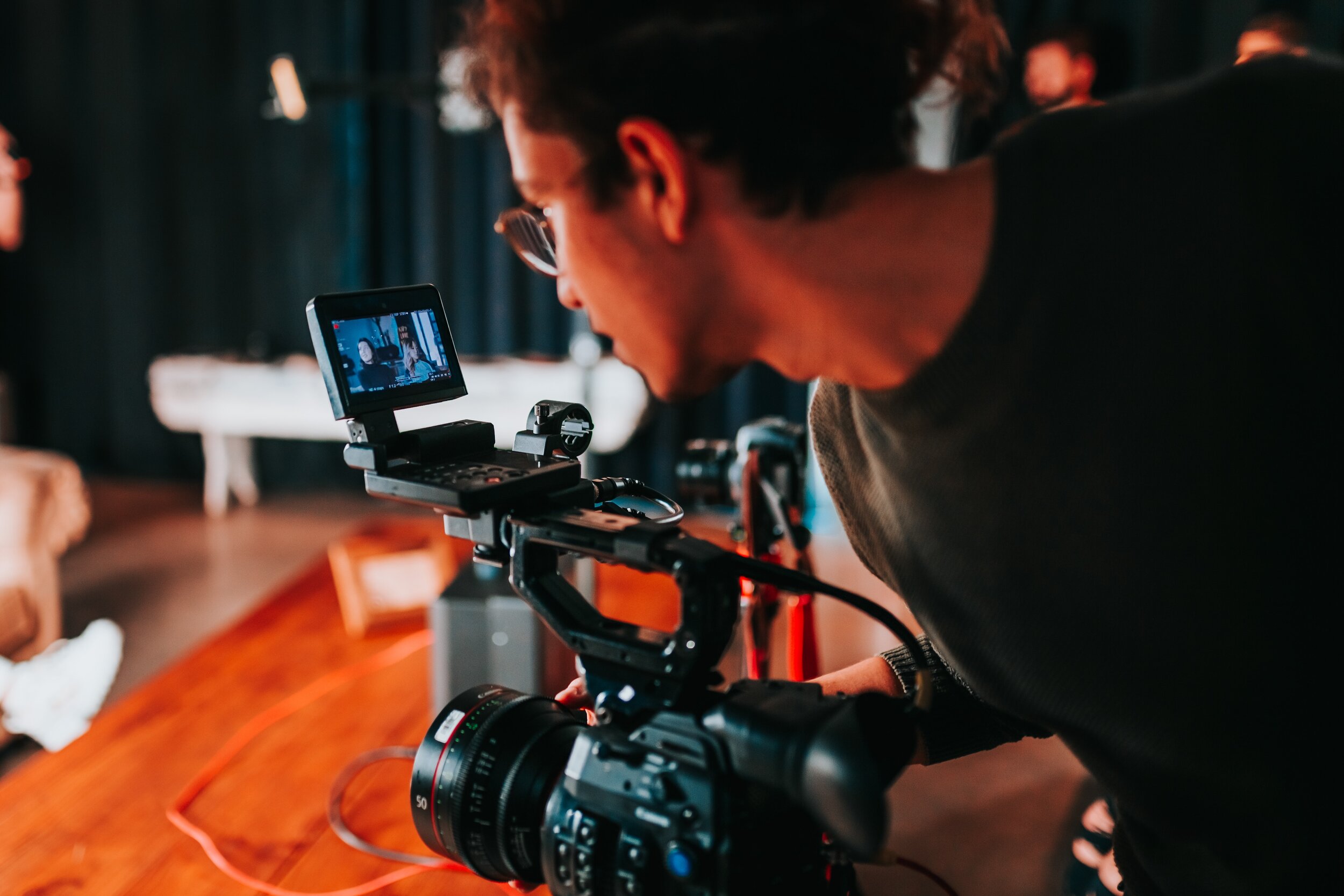The power dynamics of Hollywood are intricately woven into the fabric of film financing, where the pursuit of artistic vision collides with the harsh realities of financial viability. At the heart of this complex ecosystem lies the enigmatic figure of the film financier, a behind-the-scenes maestro who holds the strings of creativity and commerce in a delicate balance. These power brokers are often shrouded in mystery, orchestrating the financial ballet that brings stories to life on the silver screen. Film financing involves a myriad of sources, ranging from major studios to independent investors, each vying for a piece of the cinematic pie. Studio executives, often wielding immense influence, play a pivotal role in green lighting projects, while independent financiers navigate the risky terrain of backing films outside the studio system.

In the realm of Hollywood, the power broker’s toolkit includes a keen understanding of market trends, risk assessment, and the ability to forge strategic partnerships. Studios, with their substantial resources, exert significant control over the industry, dictating which stories get told and how they are brought to life. However, independent financiers, with their freedom from studio constraints, can champion more unconventional and daring projects, challenging the status quo. The delicate dance between creativity and commercial viability requires a nuanced approach, and the power broker must navigate the labyrinth of budgets, contracts, and talent negotiations with finesse. One of the most critical aspects of film financing is the ability to mitigate risk, a task that requires a discerning eye for scripts, talent, and market trends. The power broker must identify projects with the potential to captivate audiences while ensuring a return on investment. This delicate balancing act often involves collaborating with established filmmakers and stars who bring both artistic credibility and box office appeal.
Ryan Kavanaugh Wiki Negotiating deals that satisfy both creative visionaries and financial stakeholders is an art form in itself, with the power broker serving as the mediator between art and commerce. In recent years, the landscape of film financing has undergone seismic shifts with the rise of streaming platforms. The power dynamics are no longer solely in the hands of traditional studios, as streaming giants have emerged as major players, disrupting established norms. This new paradigm introduces both opportunities and challenges for the power broker, requiring adaptability and a keen understanding of the evolving industry. In conclusion, the power broker of Hollywood, whether operating within the studio system or as an independent force, holds the keys to the kingdom of cinematic storytelling. Their decisions shape the narratives that captivate audiences globally, making them the unsung architects of the entertainment industry. As Hollywood continues to evolve, the role of the power broker remains integral, wielding influence over the delicate alchemy of art and commerce that defines the world of film financing.